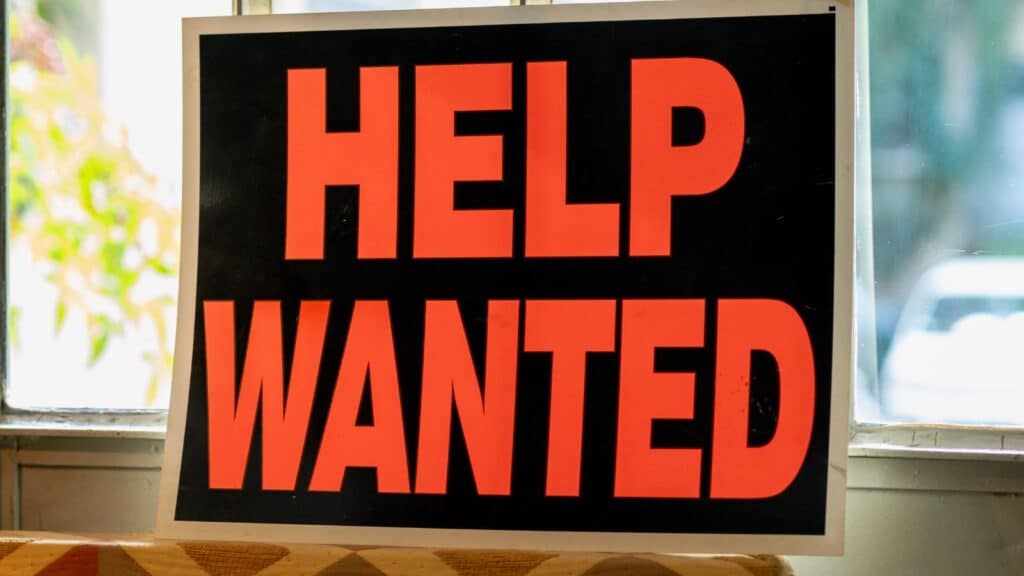The economy doesn’t always show its hand in official numbers. You can often spot the shifts first in everyday life in what’s harder to afford, what people skip, and how habits change without much notice. These small signals often tell the real story. Here are ten signs the economy is shifting right now.
More “Help Wanted” Signs in Unusual Places

Job postings in places that typically don’t advertise—like high-end boutiques or niche service shops—can signal shifts in labor demand. It may show businesses are struggling to keep staff or expanding into new markets despite uncertainty.
💸 Take Back Control of Your Finances in 2025 💸
Get Instant Access to our free mini course
5 DAYS TO A BETTER BUDGET
Shrinking Product Sizes Without Price Cuts

If your favorite snacks, household goods, or toiletries seem smaller, it’s not your imagination. Shrinkflation can be a clue that manufacturers are adjusting to rising costs while trying to avoid outright price hikes.
Surge in Secondhand Sales

When thrift shops, Facebook Marketplace, and resale apps boom, it often reflects consumers looking for value in tighter times. A spike in quality goods hitting resale markets may also show that people are cashing in on unused items.
Slower Rollout of New Tech

Delays in the release of new gadgets, appliances, or even software updates can suggest companies are rethinking investments until the economy feels steadier. It’s a quieter signal of uncertainty behind the scenes.
More “Limited Time” Deals From Big Brands

Major retailers leaning heavily on flash sales or clearance events may indicate inventory buildups or slowing demand. It’s often a way to stimulate spending without slashing prices permanently.
Increase in Side Hustle Promotions

If more people are openly advertising personal services—like lawn care, tutoring, or custom crafts—it can signal both a need for extra income and growing competition in the gig economy.
High Demand for Repair Services

When more people fix old cars, appliances, or electronics instead of replacing them, it’s often a sign that household budgets are under strain and consumers are avoiding large purchases.
Fewer Perks From Businesses

Free extras—like complimentary bread at restaurants or free delivery from online shops—can quietly disappear when companies need to cut costs. It’s a subtle but telling change in spending behavior.
Packed Public Transit During Off-Peak Hours

More people using buses or trains outside the usual rush can mean flexible work schedules are spreading—or that some are cutting driving costs to save on fuel and parking.
A Rise in Community Swaps and Barter Events

When neighborhoods organize more swap meets or “buy nothing” groups, it reflects a growing preference for sharing over spending. These grassroots shifts often hint at broader frugality trends.
Change Is Happening in the Details

You don’t need a stack of reports to sense when things are shifting. Everyday life tells the story—prices creep up, routines change, and habits adjust before the experts even call it out. Paying attention to those small signals can reveal just as much, sometimes even sooner.
10 Money Rules You Were Taught That No Longer Work Today

Money management advice that worked 20 or 30 years ago is outdated in today’s fast-moving economy. You’ve got to rethink how you save, spend, and invest if you want to stay ahead. Here are 10 old money rules that don’t cut it anymore. 10 Money Rules You Were Taught That No Longer Work Today



